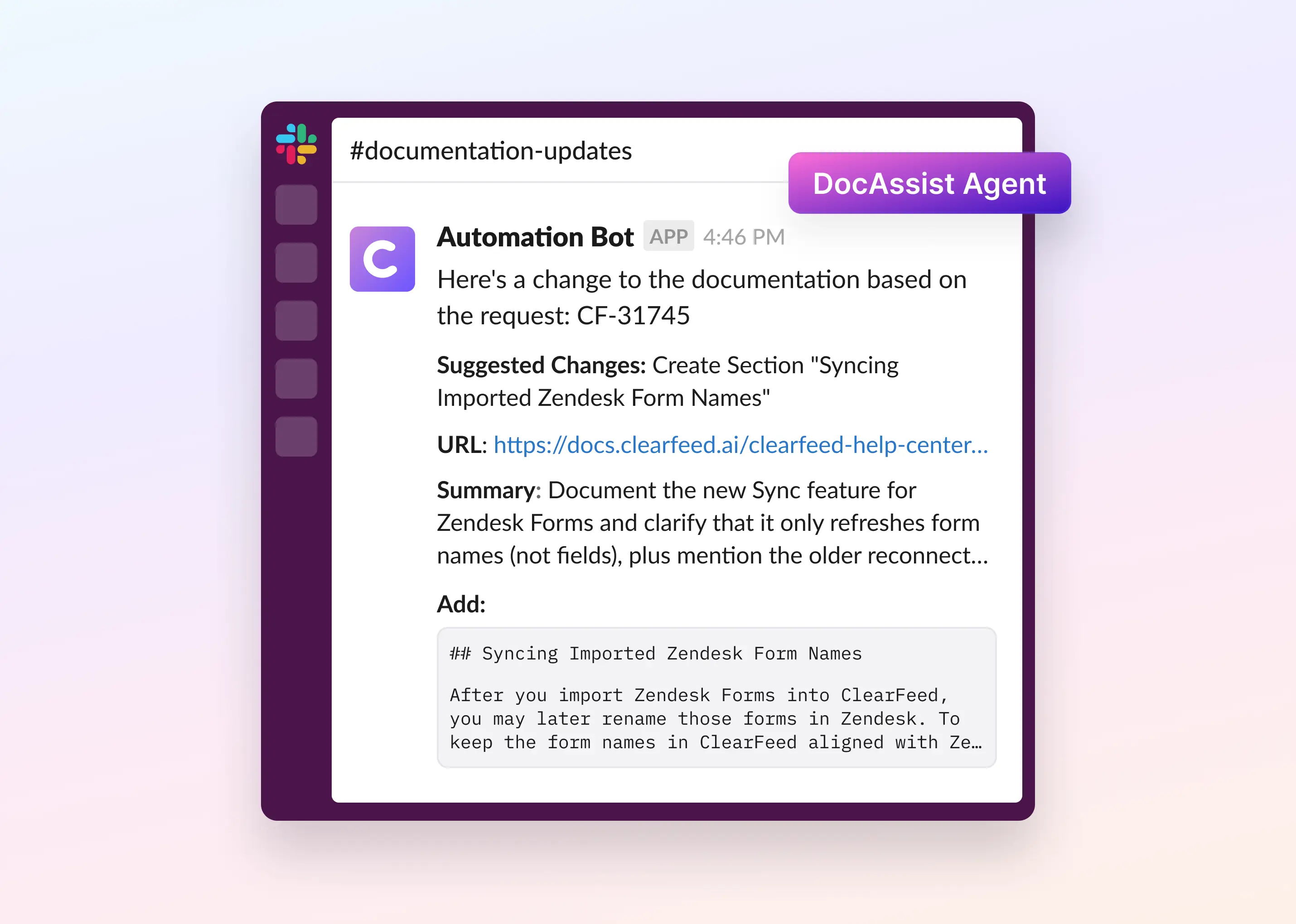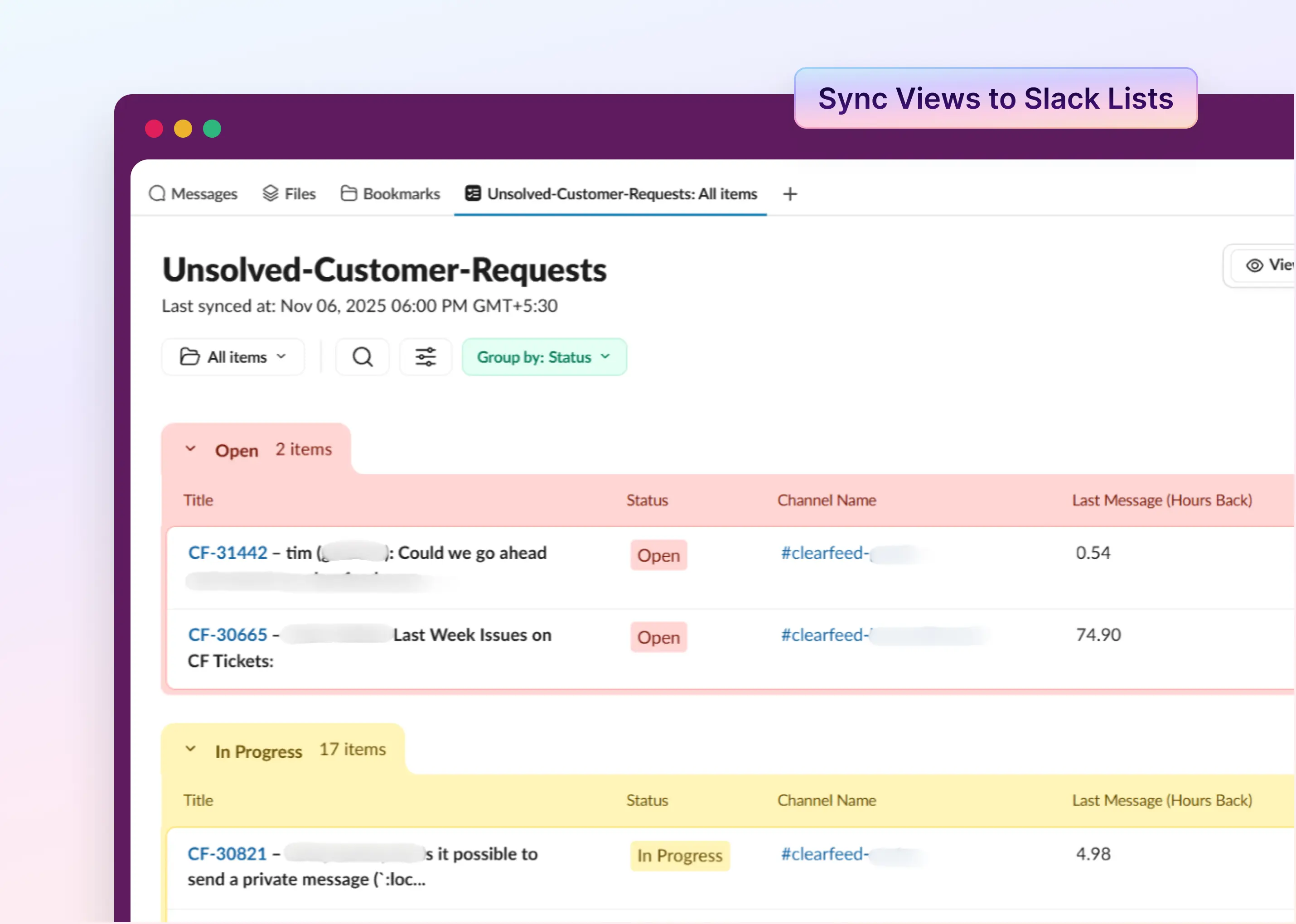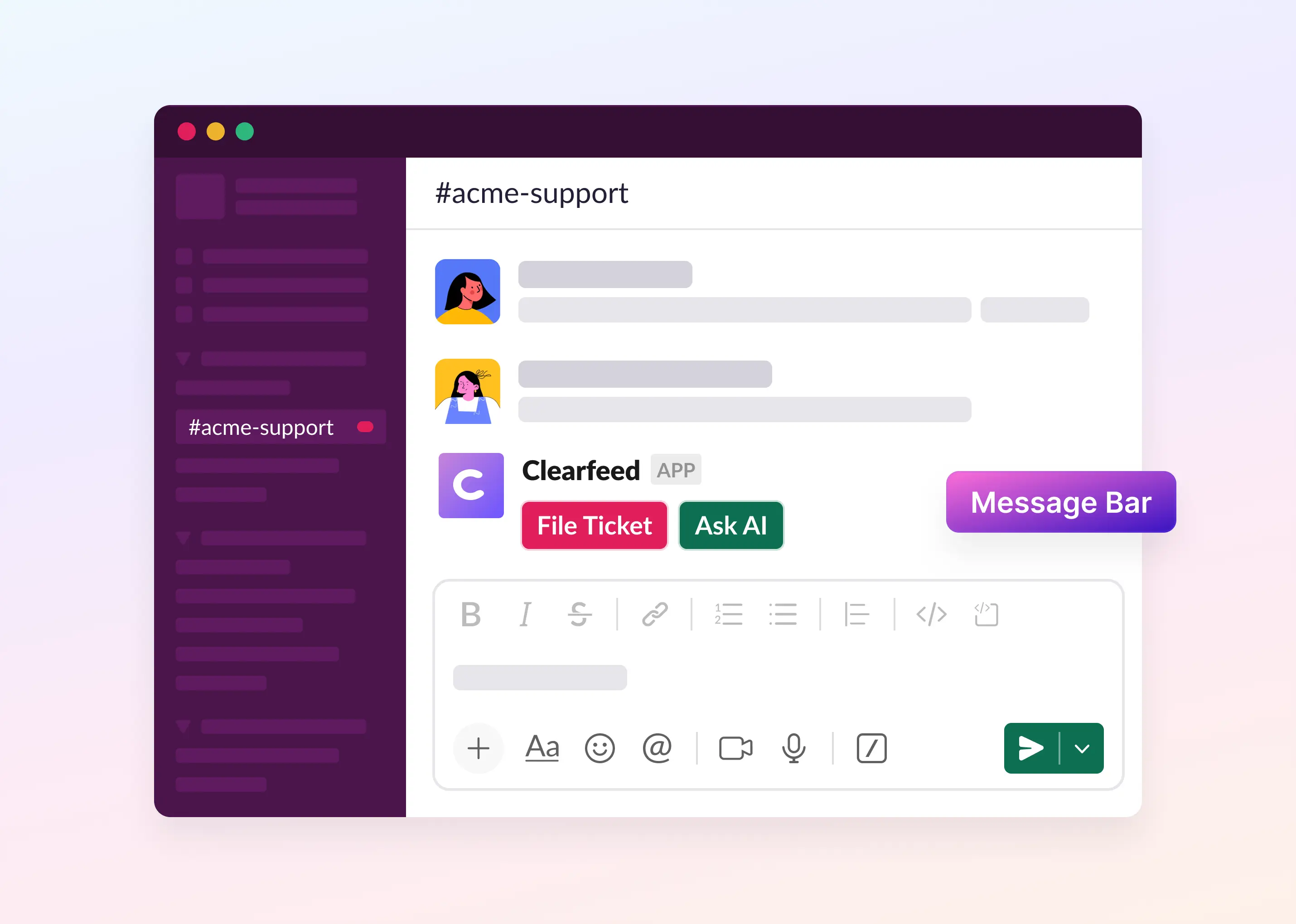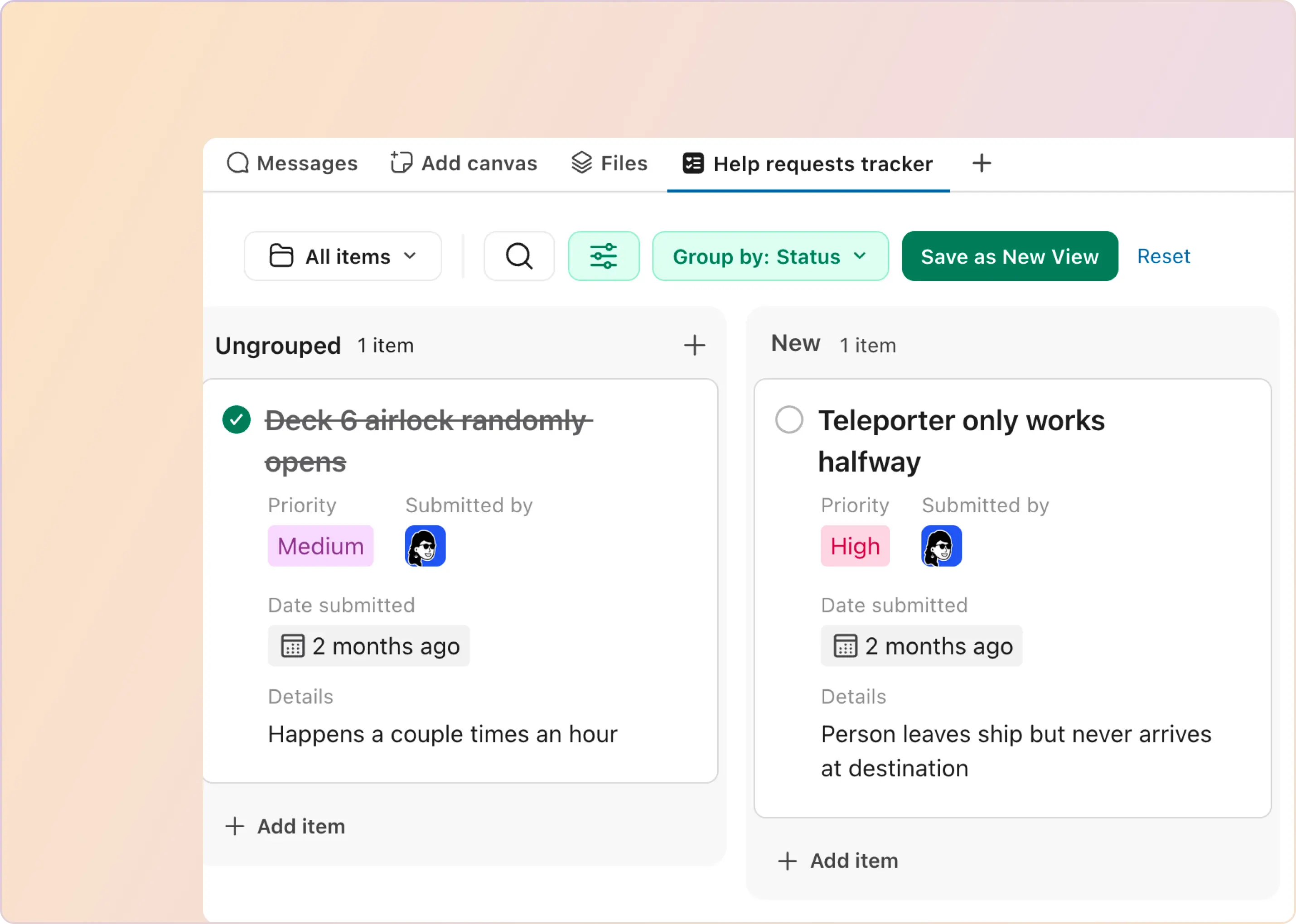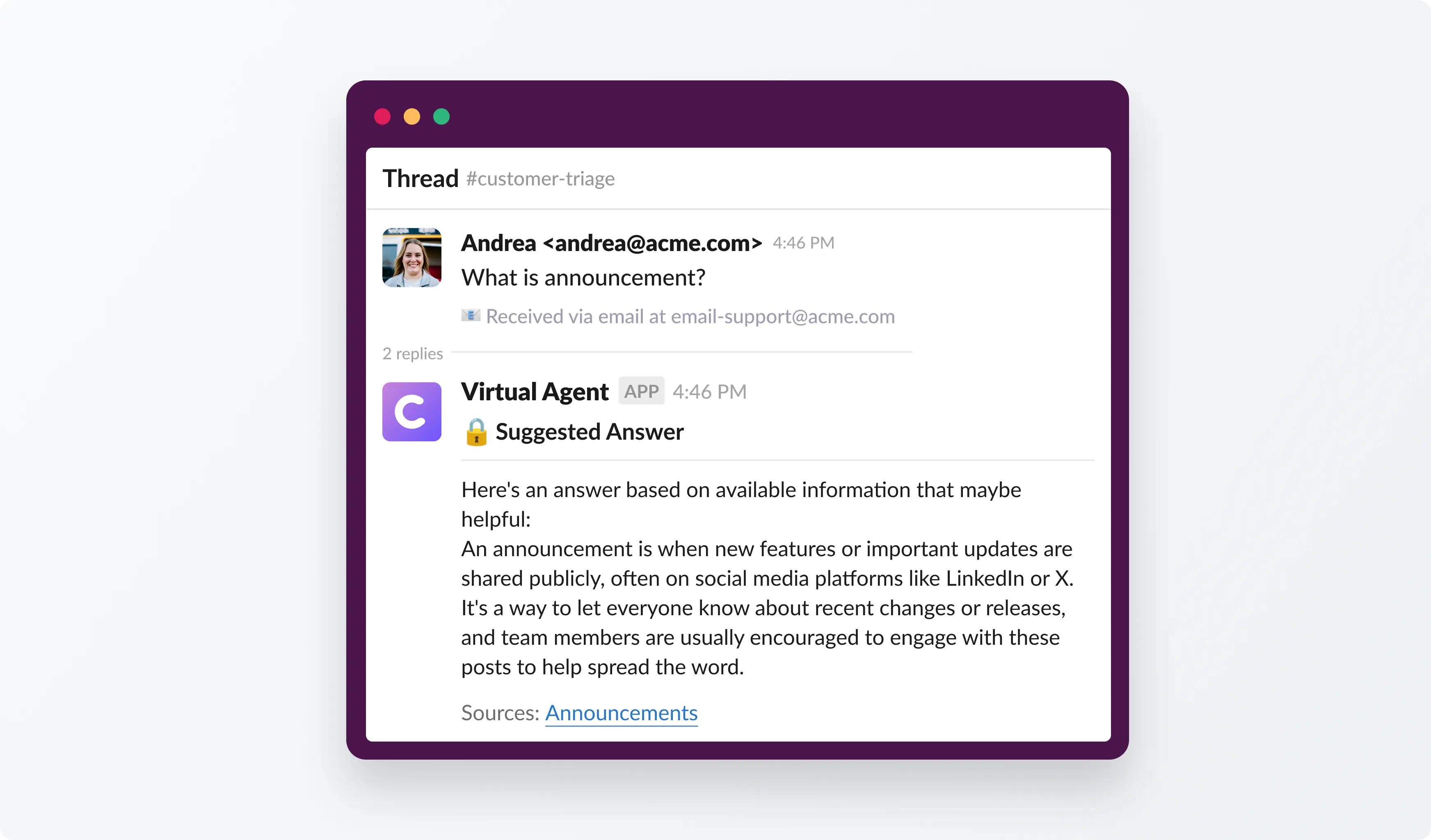Managing software projects today is really tough. It's like trying to do many difficult tasks at once. GitHub helps you manage your code, and Slack helps your team talk to each other. But you still have to keep switching between these tools and manually copying information. This makes your work more organized, but it's very tiring for you.
The good news is that connecting these tools can help a lot. When you link Slack and GitHub, which are two very important tools for software teams, you can make many tasks happen automatically. This includes things like checking code and sending messages about updates. In this article, we'll show you how to make your messy work process much easier and more efficient.
What Is Slack-GitHub Integration?
Slack-GitHub integration connects the two platforms, allowing users to receive real-time updates and collaborate on code more effectively. In short, it bridges the gap between communication and development processes. Connecting Slack and GitHub allows users to stay on the same page without constantly switching between different tools.
Why connect Slack and GitHub? Here's how it makes work better:
- Everyone gets code updates in Slack, where they already chat.
- Developers can handle GitHub cases right in Slack, saving time.
- All team members can easily follow code progress.
- Get notified about new code changes or problems right away.
- Discuss and approve code changes in Slack chats.
- Managers can check progress without bothering developers.
- Important updates go to Slack instead of filling up emails.
Now that we understand the basics, let's explore how to implement this integration in your workflow.
How to Integrate GitHub with Slack?
There are two primary methods to integrate GitHub with Slack: Native Slack app for GitHub and third-party tools like ClearFeed. Let's explore both approaches one by one:
Native Slack App for GitHub
The native Slack-GitHub integration is excellent for basic notifications and keeping teams informed about repository activities within Slack. If you’re looking to connect Slack and GitHub via this method, here's what you should know about how they work together— both the good stuff and the limitations.

Source: Slack App Directory
What You Can Do?
- Get real-time updates right in Slack whenever something happens on GitHub—think of new pull requests, issue updates, comments, and merges. You can set this up so that specific Slack channels follow certain repositories, and you get to choose what kind of updates you want to see.
- You can quickly create new issues, check open PRs, or get repository info without leaving your chat. And when someone shares a GitHub link in Slack, it automatically shows a nice preview with all the relevant details.
What You Can’t Do?
Now, there are some things to keep in mind about what this integration can't do. The native integration is pretty basic when it comes to managing your GitHub workflow. You'll still need to log in to GitHub for more detailed work, like thorough code reviews or managing issues.
Another thing to note is that it's a one-way street—comments you make in Slack won't show up in GitHub. While you can get notifications about repositories as a whole, you can't be super specific about what you want to see, like filtering by certain labels or branches.
If you're looking for advanced features like AI insights or complex automation, you won't find them here. Granular control is restricted, too. You can subscribe to channels at the repository level, but you can't filter notifications by labels, issue types, or specific branches. For teams working on large projects with many branches and labels, this could lead to a lot of irrelevant noise in Slack channels.
Another area where native integration falls short is automation for complex workflows. If you want to link issues to customer tickets or sync with other tools, you'd need a more advanced integration or perhaps a third-party app. Similarly, there is no AI or advanced analytics, which would be helpful for detecting patterns or prioritizing issues based on activity.
For your team, the native Slack app for GitHub seems suitable for basic needs, but you might outgrow it as your workflows become more complex. To handle more advanced requirements, you might need to look into additional tools or third-party collaborative integrations like ClearFeed.
Sidenote: You can also use webhooks to connect Slack with GitHub, but it is generally not considered the best option for most users due to complexity, lack of built-in features, scalability issues, limited support, and intensive resources.
How ClearFeed Enhances Collaboration Between GitHub and Slack
If you’re looking to set up a better connection between GitHub and Slack, ClearFeed might be just what you need - it's a third-party tool that gives you more control than the standard integration. Let me walk you through why you might want to use it to integrate Slack and GitHub:
- Creating GitHub issues from Slack conversations is super smooth. Our integration figures out where conversations start and end, and it can automatically help you come up with relevant titles and descriptions. You don’t have to keep copy-pasting back and forth - you can just click once to move everything, including attachments, straight to GitHub. Your Slack channel can then keep track of what's happening with these tickets.
- One of the best parts is that everything stays in sync between Slack and GitHub. When someone replies in Slack, it shows up in GitHub, and vice versa. This means you can keep all your status updates and project management stuff organized in GitHub while still communicating in Slack.
- Managing GitHub issues right from Slack is easier. Need to assign something to a teammate or update an issue's status? You can do it all without leaving your Slack conversation. If someone makes changes in GitHub, those updates will pop right back into your Slack thread.
- For teams working directly with customers, there are some especially helpful features. Team members can subscribe to specific issues and add labels that make sense for them within Slack. When an issue gets resolved, it can automatically trigger tasks in other tools like Gainsight or Trello, and make sure you follow up with customers properly.
To help you make an informed decision, let's compare the key features of both integration methods side by side.
With the complete setup know-how, let's focus on maximizing the value of your integration with these proven best practices.
Best Practices for Getting the Most Out of Slack-GitHub Integration
Here are the best practices for getting the most out of Slack-GitHub integration:
- Set up notifications carefully. You don't want your Slack channels to be flooded with GitHub updates. So, you should figure out which channels need which types of notifications. For example, maybe the development team needs to know about every commit, but the marketing team only needs to know about major releases. Also, using filters only to send important notifications could help reduce noise.
- Use dedicated channels. This keeps things organized. If there's a specific channel for GitHub notifications, everything is in one place and doesn't clutter up general channels. However, you need to make sure that everyone knows which channel to look at for what kind of updates. You can set some clear naming conventions for these channels.
💡Bonus Tip: Use ClearFeed’s Triage channel to aggregate requests from various Slack channels into a single channel, providing a unified view for support teams.
- Testing the integration after setting it up is crucial. Do a small test by making a minor change in GitHub and seeing if it shows up correctly in Slack. This way, you can catch any issues early on and fix them before they cause problems later.
- Establishing communication guidelines is another important point. Without clear guidelines, team members might misuse the integration or not know how to respond to certain types of notifications. You can draft some simple rules, like responding to certain types of alerts or how to escalate issues.
- You need to explore automating workflows further. Look for tasks that can be automated through this integration. For example, you could automatically open an issue when a specific type of notification comes in or trigger built-in GitHub Actions from Slack.
- Reviewing and updating the integration settings regularly is a good habit to develop. As the team grows or changes, the need for notifications and workflows might change, too. You can set automated reminders to check in periodically on this.
- Slack-GitHub integration greatly benefits collaboration between developers and non-technical team members. Non-tech folks can stay informed about the development process without needing to dive into GitHub itself, which can bridge communication gaps.
💡Bonus Tip: ClearFeed enables you to submit confidential requests directly through Slack without posting in public channels. These tickets are visible only to the requester and support agents.
- Lastly, gathering feedback from the team on how well the integration is working and making adjustments based on that feedback could lead to a more effective setup.
What’s Next?
Slack-GitHub integration is a powerful tool that can significantly enhance team productivity. Depending on your team's specific needs, you should choose between native integration and third-party tools.
- For basic notifications and simple interactions, the native Slack app is often sufficient.
- A third-party solution like ClearFeed may be more appropriate for complex workflows, custom filters, or integration with multiple tools.
Consider your team's technical expertise, budget, and specific requirements when deciding which integration method to implement. And if you would like to see us in action, get hands-on with our free trial today!






